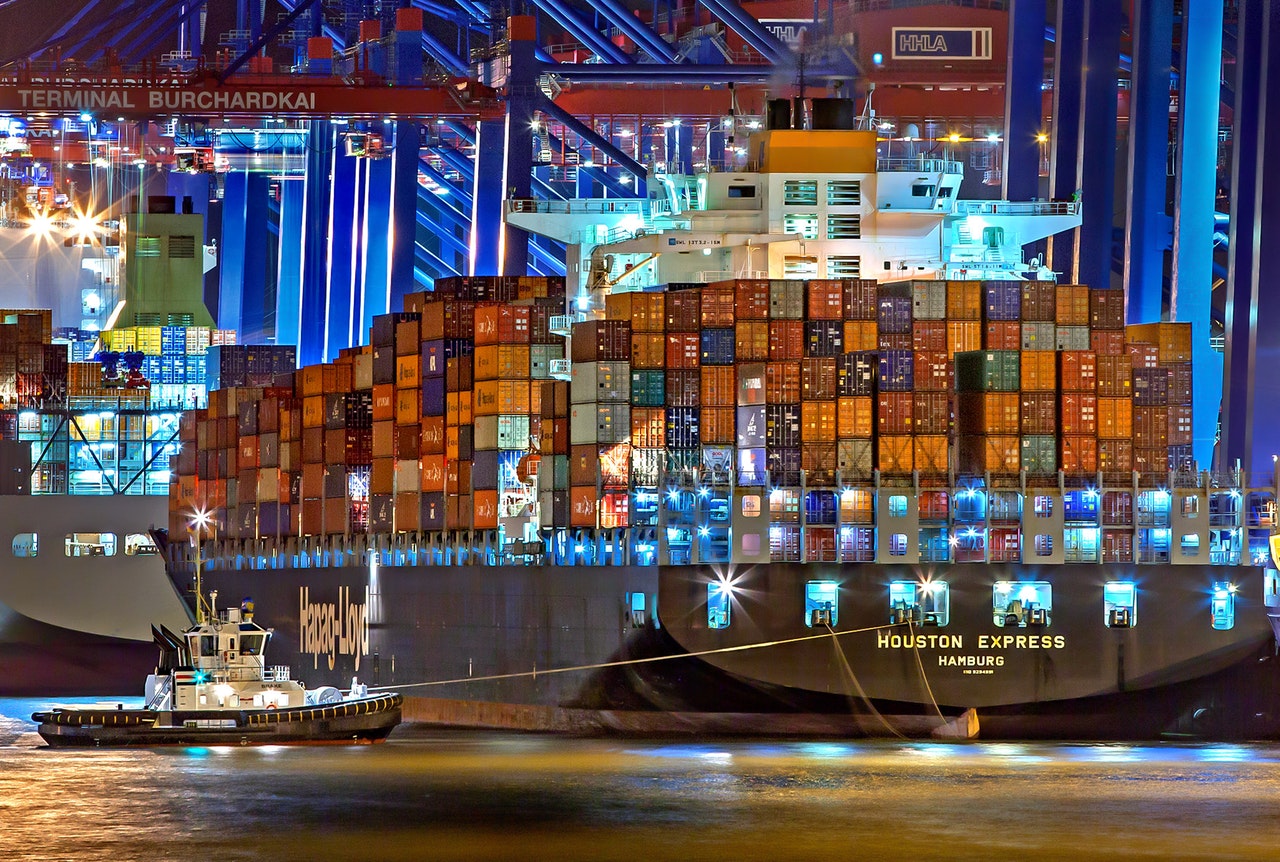- Variation in feedstock costs (i.e. metal raw materials, especially steel and aluminum)
- Soaring environmental constraints requiring extensive investments
- Level of demand of its main outlet (i.e. the downstream transportation industry)
- Share of the government spending devoted to defense (in aerospace and shipping) products
Flying on the order books
Aerospace broadly accounts for 60% of transport equipment output while shipbuilding and rolling stock do 40%. Dominated by Airbus and Boeing, the aircraft sector enjoys large order books that should keep their production lines still busy for a decade.
Shipbuilding continues to cope with excess capacity and low steel prices enabling small players to come through. It resulted in a few high-profile shipbuilding groups’ restructurings aimed at cutting structuring costs, particularly across South (East) Asia.
Rolling stock equipment depends on countries’ infrastructure investments. But these latter depend too on the share of public funding that less-favored regions (or states) are ready to put in.
The surge in global mobility and the demand from clients in transportation account for the growth rate of 9% for transport equipment expected in 2018. More middle-term considerations are the rising share of households for whom air, sea and rail travels are affordable and the evolution of geopolitical tensions from today’s high-threat levels. The trouble is, this growing demand has been putting pressure on the upstream sector’s global supply chain in terms of capability to delivering or not supplying equipment at the right time.
